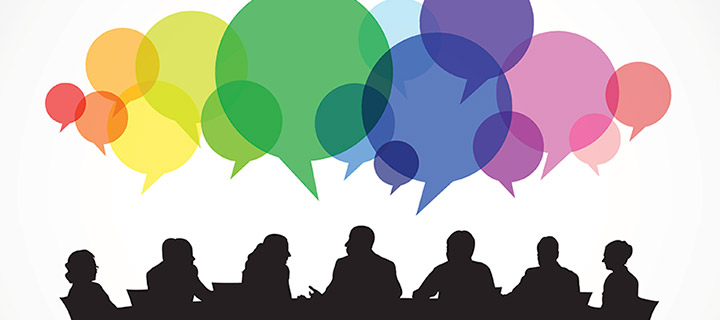How To Communicate Part I
November 15, 2018
What constitutes art? Leonardo da Vinci’s Mona Lisa? Scott Joplin’s Maple Leaf Rag? The scribbles of a toddler just learning to hold a pencil? Webster’s New World Dictionary defines art as “the branches of creative activity incorporating a form of art, music, literature or dance”. The one aspect this definition omits is the artistic aspect to communication.
It is a factor of our daily lives that has evolved over the course of the millennial generation. It is expressed verbally and nonverbally. Jim Rohn’s Guide to Communication expresses that “in the same way advanced artists know there are many tools available to create a masterpiece, there are many tools available to communicate… the better you become at using these tools, the better we’ll be at communicating.” These “tools” can be broken into six categories:
WORDS– A phrase we are all familiar with is the saying that words have power. They have the ability to lead nations and to destroy relationships. In order to utilize them to the extent they are intended for, when we communicate we want to make sure what we say is comprehensible and holds strength.
VOCABULARY, PITCH, and ENUNCIATION– Your vocabulary is influenced by your your word choice, pace, and tone when speaking. Incorporating sophisticated words while talking can create opportunities for you in the future. When you adjust your pitch while speakingm it allows listeners to follow the conversation more effectively. An article entitled “The Best Ways to Communicate!” also references the importance of enunciation, stating that “it is imperative to clearly enunciate your words so that people understand us.”
EMOTION– The key to this technique, as Communications specialist Jessica Ogonovu relays, is “ to show emotion without getting emotional.” When controlled this serves as a strong communicator revealing the type of person you are.
It may seem odd to think that your body has a vital part in the communication process as well. Yet body language is a key indicator of how one may be feeling, or how they are trying to get their message across and that is why it is important we know how to utilize these tool as well.
YOUR HANDS and EYES– Using gestures in a controlled fashion will go a long way when it comes to communicating. Showing attention while you are speaking is also a very significant aspect of communication. It can serve as a sign of respect to a superior or just demonstrate that you’re not slacking off. Forbes magazine views this as “communicating that the speaker or the listener is important.”
YOUR ARMS– As previously mentioned, body language can be very telling when speaking to someone. You may be frustrated with a situation and cross your arms without realizing while the receiving end recognizes this as being closed off to the speaker.
YOUR SPEAKING POSITION– The final aspect of communication that will be discussed in this article is your speaking position. This can indicate the magnitude and importance of what is being discussed. Success. Sitting communicates casualness, while standing may show confidence in the subject being addressed.
Ultimately, just as a priceless painting would be cherished and treated with delicacy, we want to cherish our ability to communicate and develop qualities that will allow us to do so in the most efficient way.











